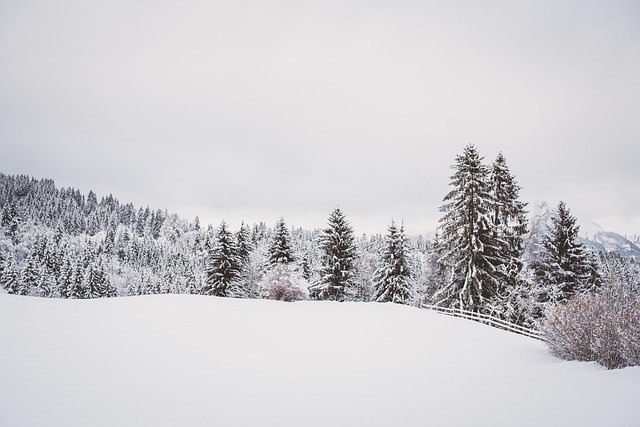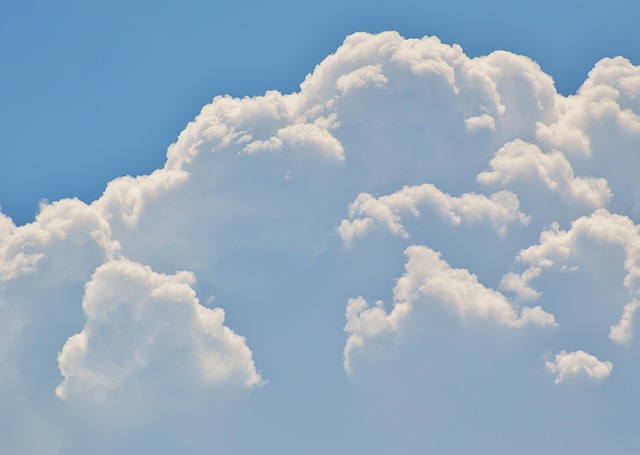
Snow Storms
Snow storms are significant weather events characterized by heavy snowfall, strong winds, and reduced visibility. They can lead to dangerous conditions, affecting transportation, infrastructure, and daily life. Understanding the nature of snow storms and how to prepare for them is essential for safety and minimizing disruption.
Types of Snow Storms
Snow storms can vary in intensity and impact. The most severe type is a blizzard, which is defined by sustained winds or frequent gusts of 35 mph or more, combined with snow and blowing snow that reduces visibility to less than a quarter mile for three hours or more. Other types of snow storms may include:
- Winter Storms: These can produce a mix of precipitation, including snow, sleet, and freezing rain.
- Snow Squalls: Short bursts of heavy snow that can lead to sudden whiteout conditions.
- Lake-Effect Snow: Occurs when cold air moves over warmer lake waters, leading to localized heavy snowfall.
Impacts of Snow Storms
Snow storms can have widespread effects on communities. Heavy snow accumulation can immobilize regions, stranding commuters and closing airports. The weight of snow can cause roofs to collapse and down trees and power lines, leading to power outages. In rural areas, homes and farms may become isolated, and unprotected livestock may be lost. The economic impact can be severe, with costs associated with snow removal, property damage, and lost business opportunities.
Safety Precautions
Preparation is key when it comes to snow storms. Here are some important safety precautions to consider:
- Stay Informed: Monitor weather forecasts and alerts from reliable sources, such as the National Weather Service.
- Emergency Kit: Prepare an emergency kit that includes food, water, medications, and other essentials to last at least three days.
- Travel Plans: Avoid unnecessary travel during severe weather. If travel is essential, ensure your vehicle is equipped with emergency supplies.
- Home Safety: Ensure your home is winter-ready, with proper insulation and heating systems functioning.
After the Storm
Once a snow storm has passed, it is important to assess the situation carefully. Here are some steps to take:
- Check for Damage: Inspect your property for any damage caused by snow accumulation or fallen trees.
- Clear Snow Safely: When shoveling snow, take breaks and use proper techniques to avoid injury.
- Stay Cautious: Be aware of potential hazards, such as icy sidewalks and roads.
Conclusion
Snow storms can pose serious challenges, but with proper preparation and awareness, individuals and communities can mitigate their impacts. Staying informed and taking proactive measures can enhance safety and ensure a more manageable response to winter weather events.

















 The Nighttime Water Dilemma
The Nighttime Water Dilemma 
 Health
Health  Fitness
Fitness  Lifestyle
Lifestyle  Tech
Tech  Travel
Travel  Food
Food  Education
Education  Parenting
Parenting  Career & Work
Career & Work  Hobbies
Hobbies  Wellness
Wellness  Beauty
Beauty  Cars
Cars  Art
Art  Science
Science  Culture
Culture  Books
Books  Music
Music  Movies
Movies  Gaming
Gaming  Sports
Sports  Nature
Nature  Home & Garden
Home & Garden  Business & Finance
Business & Finance  Relationships
Relationships  Pets
Pets  Shopping
Shopping  Mindset & Inspiration
Mindset & Inspiration  Environment
Environment  Gadgets
Gadgets  Politics
Politics 